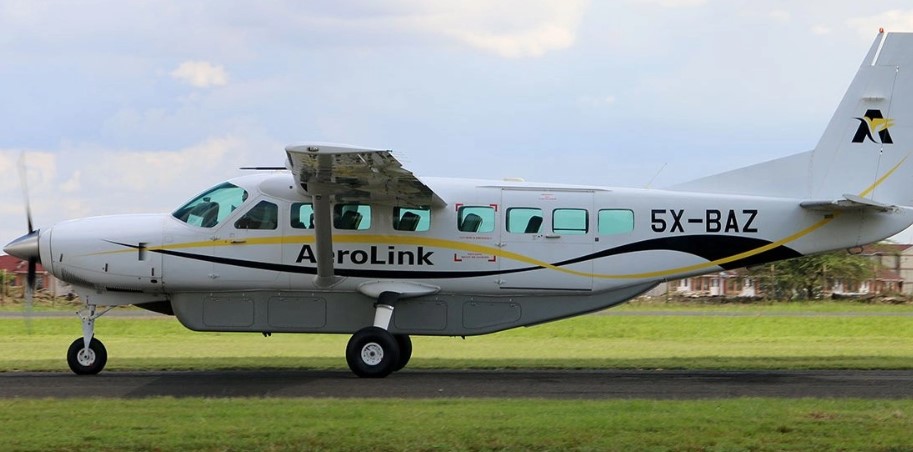Distance Between Entebbe And Bwindi Impenetrable National Park
Distance Between Entebbe And Bwindi Impenetrable National Park; Entebbe is situated in the country’s center, whereas Bwindi is in its Southwest. It takes nine to ten hours to travel the 500 kilometers by road that separate Entebbe from Bwindi.
By car, Entebbe’s expressway connects to Busega Kampala, which then connects to Masaka, Mbarara, Ntungamo, Kabale, Kanungu, or Kisoro Road, allowing direct access to Bwindi from Entebbe.
Distance between Bwindi and Entebbe
Traveling 500 miles to get from Entebbe to Bwindi takes 9–10 hours. This trip is hardly dull, with stops to the equator, the Mpambire Royal Drum Manufacturers, and the Igongo Cultural Center. It is recommended that those who wish to reach Bwindi by road utilize well-maintained 4×4 safari cars with pop-up roofs.
The tarmac road that connects Kampala to Kabale or Kisoro is broken occasionally by marram, therefore a reliable vehicle is necessary to navigate the uneven terrain.
If the distance by car seems too great, visitors may opt to fly to the park; flights depart from Entebbe International Airport and Kajjansi Airstrip. On particular days of the week, Aerolink Uganda, Fly Uganda, and Bar Aviation Uganda all operate flights. While travelers to Nkuringo, Ruhija, and Rushaga utilize Kisoro airport, those visiting the Buhoma region take flight to Kihihi airfield.

Top Bwindi activities from Entebbe Gorilla Habituation: This is an uncommon activity that is only carried out in the Bwindi National Park worldwide. In order to become habituated to living with mountain gorillas, Entebbe travelers will head to the Southern Bwindi regions of Nkuringo and Rushaga, home to the Bikingi and Bushaho mountain gorilla groups.
To see these mountain gorilla families, you will need gorilla habituation permits, which we think you will have with you when you arrive at the park.
You will spend four hours with semi-acclimated mountain gorillas in order to become habituated, and armed ranger guides will lead you to the gorilla family. You will be allowed to participate in the activities that help the gorillas and the rangers become accustomed to human presence among them. While among the gorilla family, you must abide by the rules and regulations as instructed by the armed ranger guides.
Trekking with mountain gorillas: From Entebbe, visitors can explore any part of Bwindi, as there are several families of gorillas that are accessible for trekking. UWA now offers permits with the gorilla trekking region on them, thus the gorilla permits can always display the sector where you intend to hike. In Bwindi, the gorilla trekking sectors are Buhoma, Ruhija, Rushaga, and Nkuringo.
In all of Bwindi’s regions, gorilla trekking begins in the early morning with a briefing from park wardens who impart trekking regulations, assign groups of no more than eight people to a mountain gorilla family for the walk, and provide armed ranger guides to escort you through the bush.
Trekkers are given one hour to spend with a mountain gorilla family after they are located, after hours of searching for them.
Birding: If you’re traveling to Bwindi from Entebbe, you can go birdwatching in any area of the park. With a variety of birding pathways, including the Ivy River Trail, the Mubwindi Trail, the Kashaha River Trail, and the Bamboo Zone Trail, among others, Buhoma and Ruhija are reputed to have the best birding places in Bwindi. Nearly all of the more than 350 birds that have been identified in Bwindi thus far can be seen by bird watchers
The regal sunbird, shelley’s crimsonwing, black bee-eater, great blue turaco, mountain oriole, grey crowned crane, African jacana, bar-tailed trogon, Rwenzori nightjar, black crake, hadada ibis, marabou stork, shikra, woolly necked stork, purple heron, olive pigeon, red-eyed dove, common cuckoo, grey wagtail, alpine swift, and bar-tailed trogon are some of the notable bird species found in Bwindi.
Cultural tours: From whatever area of the park you visit, you can take a cultural tour to Bwindi from Entebbe. These are typically combined with gorilla trekking, and people who are interested in learning about the culture engage in them. Most of the time, visitors are drawn to the various towns around the park to observe daily life, lend support to local educational institutions, and perhaps even make a donation or two.
Many tribes inhabit the area surrounding Bwindi, but the Batwa people are the most well-liked since they are said to have coexisted with wild creatures in Bwindi’s rainforests. The Batwa used to eat animal meat, honey, and fruits. In order to safeguard the mountain gorillas, the government drove them out of the forest, and they made their home near the park’s boundaries, where visitors could readily find them.
The ideal time to go from Entebbe to Bwindi
Although you may visit Bwindi at any time of year, the dry season is probably the greatest time to go. The trekking trails remain dry during the dry season, which runs from June to September and December to February. The short, sporadic vegetation provides excellent views of the mountain gorillas, and the roads leading from Entebbe to the park are passable.
During the rainy seasons of March to May and October to November, travelers can still take Bwindi tours from Entebbe. This is advantageous for those on a tight budget as they can take advantage of discounted lodging rates. The excessive amount of rainfall during the rainy season, however, causes the hiking trails to become muddy and slippery, the tall, dense vegetation obscures views of the mountain gorillas, and the roads leading to the park become impassable.



